“The next moment was when I was working on the South African Sites of Passage project. We flew out of Washington DC, Dulles. Obama was president and all the usual DC paraphernalia was all over the airport: snow globes with the white houses, DC T-shirts and toy airplanes. When we flew back into the county, Trump had taken over – not only the country but the airport as well. “MAKE AMERICA GREAT” was plastered everywhere and made us want to turn and run back to South Africa, with our tails between my legs. We left one country and came back to another.”
|
Through connections made on this first trip, La Follette was invited to speak about her work the following year in Kazan at the International Theater Festival of Turkic People. This helped her to start to grasp how huge Russia is and all the different cultures that live inside of it (http://mincult.tatarstan.ru/eng/index.htm/news/1486276.htm ). While in Kazan, La Follette was warmly welcomed by traditional Tatar artists, with many studio visits and an opportunity to share her ideas about the Sites of Passage projects. These ideas were very well received and La Follette knew she was on the right path. While traveling, La Follette had been reflecting on two previous international moments. She explains, “The first was in China. I was riding the metro in Shanghai and across from me, on the train was a group of young “hip” people. They had their fancy Apple computers out, plugged in, working on music with elaborate headphones, tapping to the beat with $300-dollar sneakers. Now, this could a be scene from any big city but what seemed so oxymoronic was the Mao T-shirt…very similar to a Che T-shirt. The fancy equipment, the $300 sneakers and the T-shirt just didn’t fit. The extravagant outfit and props did not seem very Maoist in nature.”
“The next moment was when I was working on the South African Sites of Passage project. We flew out of Washington DC, Dulles. Obama was president and all the usual DC paraphernalia was all over the airport: snow globes with the white houses, DC T-shirts and toy airplanes. When we flew back into the county, Trump had taken over – not only the country but the airport as well. “MAKE AMERICA GREAT” was plastered everywhere and made us want to turn and run back to South Africa, with our tails between my legs. We left one country and came back to another.”
0 Comments
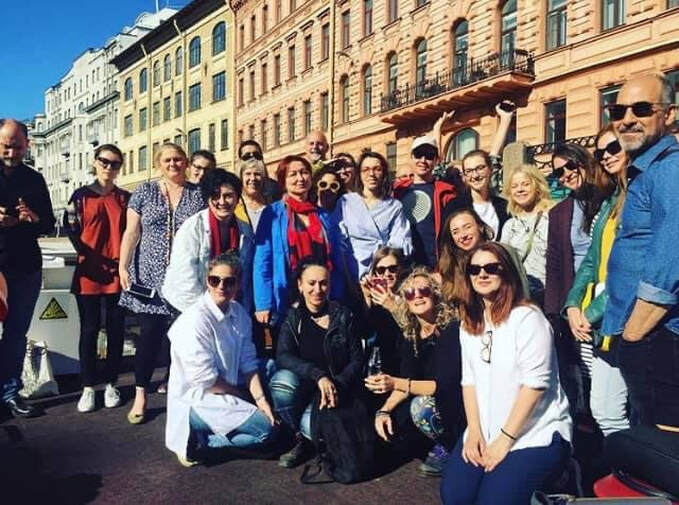 La Follette arrived at the CECArtsLink Curatorial Back Apartment Residency (http://www.cecartslink.org/grants/back_apartment_residencies/ ) just in time to hop on a canal boat ride and catch a global networking of artistic directors from Siberia, RU to Santa Ana, CA. The following images trace some highlights from her residency in St. Petersburgh, which include her journey to Arkhangelsk, “the gateway to the Arctic” ( https://en.wikipedia.org/wiki/Arkhangelsk ). Well protected at an opening (security guard above), we walk the site with CECArtsLink Program Director, Susan Katz and her son. Along for the ride are CECArtsLink, Art Manager and curator, Liza Matveea and Anastasia Skvortsova (not seen here).
La Follette couldn’t go all the way to Moscow without at least a quick dip over to St. Petersburgh. Urnov helped her get the overnight train and she had a list of people see. Below, one can see how she is already started collecting her Pop-Aganda tchotchkes and even acquired a new hat to wear to the next Women’s March on Washing ton DC!
Research towards the next Site of Passage, Pop-Aganda: Revolution and Iconography, Russia and US10/8/2019 Dr. Tavia La Follette, Director and Curator of the Sites of Passage projects has been visiting Russia over the past few years and refining her ideas around the next exchange. This newsletter is a prelude of images that follow the path of that research, the people she met and reflections along the way.
She began her journey with the help of the Center for International Development (CITD)and an invitation from the director, Philip Arnoult, to attend The Golden Mask Festival (http://eng.goldenmask.ru ). With Russian theater director, Yury Urnov as a guide to Moscow and The Golden Mask Festival it is hard not to feel at home. From the bowels of the Moscow Metro to the Kremlin, from the theatre seats to the gates of Red Square, Urnov translated, educated and gave context to sites we saw—and the people inhabiting them. The following was copied from the original (PDF) press release provided by the Mattress Factory Museum: Mattress Factory Announces “Civil Rights and Civil Wrongs” Exhibition Featuring Artists from Pittsburgh and South AfricaPITTSBURGH, PA (February 5, 2018) – Seven artists have been chosen to create new work in Civil Rights and Civil Wrongs: South Africa and US, an exhibition opening at the Mattress Factory on May 25, 2018. Dr. Tavia La Follette is returning to collaborate with the museum on this exhibition, the latest in a series that brings American artists and artists from countries facing human rights crises together in a virtual – and actual – dialogue. Previous projects involved artists from Egypt in 2011, and from Israel and Palestine in 2013. In Civil Rights and Civil Wrongs, four artists from South Africa work with three artists from Pittsburgh. Each artist confronts racial politics using different mediums, explains La Follette: “We have a sound artist who archives the world around him, a filmmaker who addresses gentrification, and a multimedia artist who brings together myth and futurism. We have a choreographer who considers himself a community developer, an outsider architect who engineers castles from forgotten debris, a painter and printmaker who captures uprisings in mining towns, and a formerly incarcerated drug dealer turned art teacher who is a role model to the children around him.” The Mattress Factory welcomes four artists from South Africa.
Three Pittsburgh-based artists will show new work in the exhibition, which runs through July 29, 2018.
An opening reception will be held Friday, May 25 from 6 – 8pm at the museum’s 1414 Monterey Street gallery. Admission for the event is free for all ages. 500 Sampsonia Way • Pittsburgh, PA 15212 • T: 412.231.3169 • mattress.org Generous support for Civil Rights and Civil Wrongs: South Africa and US is provided by Advancing Black Arts in Pittsburgh, Allegheny Regional Asset District, an Anonymous Donor, the Benter Foundation, The Heinz Endowments, The Heinz Small Arts Initiative, National Endowment for the Arts, Opportunity Fund, Pennsylvania Council on the Arts, The Pittsburgh Foundation, the Roy A. Hunt Foundation, and the Andy Warhol Foundation for the Visual Arts. With special thanks to the Mattress Factory Board of Directors and museum members. About the Mattress Factory: Hailed as the best museum for installation art in the United States, the Mattress Factory invites visitors to experience “art you can get into.” Over the past 40 years, the Mattress Factory has presented and commissioned new installation and performance works by over 750 artists, both established and emerging, who have challenged themselves and their audiences through the support of the museum’s exceptional residency program. The Mattress Factory’s outreach programs serve more than 20,000 students, teachers, adults, and families annually, and its activities as a visitor attraction, educator and employer continue to invigorate Pittsburgh’s North Side. For more information, call 412.231.3169 or visit mattress.org.
Above is one of the first stops in Cape Town- the District Six Museum- where over 60,000 residents were forcibly removed during Apartheid, declaring it a “Whites Only” zone. Using the Group Areas Act, the government removed an entire neighborhood, jump-starting the township communities. The above image, depicting neighborhood play, is from one of the museum's community-curated installations. This January (2017), the US based artists traveled to South Africa to spend time on the ground with the South African artists as research for the next Sites of Passage exhibit. Civil Rights and Civil Wrongs is the third project in the ongonig series of global exchanges. In tandem from 2016-2018, artists from South Africa (Johannesburg/Cape Town) and the U.S. (Pittsburgh), are probing the concept of Civil Rights and Civil Wrongs through social practice, community workshops, exhibition, and performance. Because the project is about giving voice and space for the artists to tell their story, Art Up begins the description of the journey, with the artists’ words… Reflection from CHRIS IVEY (Pittsburgh Filmmaker):The first journey with ArtUp to Johannesburg and Cape Town in January 2017 served as a spiritual and mental awakening; one of the best experiences of my life that opened many doors within myself as an artist. As a filmmaker, I feel it is my duty to serve as a voice to the under-served in neglected communities.
I am an artist, but more so an African and a human being first. Within two days of arriving in Johannesburg, South Africa I knew that I have returned home. The connectivity between myself and others living there, the environment, the air, and so on... An overwhelming feeling of love filled me as I interviewed strangers who openly shared their stories and history of the Black / African experience and how some were identical to my Black / American experiences. I loved the many looks of surprise as we talked about the issues of redevelopment, gentrification and reconnecting with our souls for the sake of generations to follow. We are living parallel lives and still learning so much from unknown experiences through our conversations and interactions. It is essential that the lessons that I am learning in South Africa are brought back especially to the youth and adults I serve: essential lessons of learning, about healing, and rebuilding 20 some years past apartheid versus the over 50 years at home [in the US] of still not recognizing the multi-generational harm from segregation and hundreds of years of slavery. We are now living in uncertain and turbulent times in the United States and we must continue to live, love and education one another. We leave the inland jungle, caves, mines, theatre and museums of “Joburg” for the salty and sometimes “sharky” waters (and world) of Cape Town. Shortly after landing in Cape Town, we learn about District Six, once a neighborhood, now a place to study the geography of racism. Here, race was used to legally stream wealth (sound familiar?). Communities were forced to leave so that new, rich, white communities could move in. The District Six Museum practices an ephemeral protest today by something they call, “salting the earth”. Through ritual activity, storytelling, walking the streets, engaging the site with graffiti and art, the community is occupying the space and the land. Mandy Sanger, our brilliant and well-informed tour guide, whose family was forced to leave, explains to us how the museum did not begin, nor is run by academics—but rather by the people who lived in District Six. The stories are owned, collected and installed by the people, encouraging debate. Therefore, the museum is curated by the community. Reflection from ALISHA WORMSLEY (Interdisciplinary Artist):“Children of Nan” is an ongoing film series that uses science fiction and historical fiction tropes as a metaphor for the survival of black women. Black women being the first humans. Where better to film than the origin of humanity? The southern tip of Africa! “Children of Nan” begins with the Middle Passage.
This trip gave me the opportunity to include an origin! I made connections with women who would be "original women."
The landscape and mythology there will push the narrative to really create a powerful legacy for American Black Women and will show the startling similarities between the struggles of black women in South Africa and the United States. Visiting cultural museums, sites, and even cuisine, the artists indulge in a meal by Nadia Agherdine in her Lansdowne Western Cape home. Nadia cooks her visitors Cape Malay foods and discusses her family experiences as a woman of color in South Africa. Similar to the US, the South Africans segregate humans by the color of their skin: White, Colored (or Brown in the US) and Black. But instead of political asylum and financially stimulated migration, much of the “colored” category was brought to South Africa (similar to the slavery in the Sates) as slaves from the West Indies—forced migration through slavery. Reflection from RICARDO I. ROBINSON (Audio Visual Composer):I will explore the sonic journey of specific natural resources extracted from South African soil and the process they go through to become a product people will kill for.
The journey is not all work- there is also play! It is hard not to go to the beach when you are staying so close it, especially if you come from Pittsburgh( PA) where there is snow on the ground in January! Why These Artists? Because all of them confront racial politics via different mediums. Pittsburgh: We have a sound artist who archives the world around him through recordings (Ricardo Iamuuri Robinson), a filmmaker who addresses gentrification through various genres (Chris Ivey), and a multimedia artist who brings together myth and futurism to build a new present through a multi-media approach (Alisha Wormsley). South Africa: We have a choreographer who considers himself a community developer (Mbouvu Malinga), a print maker/painter who captures the mining town protests and uprisings (Asanda Kupa), and a formerly incarcerated drug dealer turned art teacher who is a superhero and role model to the children in the township around him (Charlie Jensen). Once back in the States, the Pittsburgh artists get the opportunity to meet with The Heinz Foundation and The Mattress Factory Museum team to start thinking about space and materials. Civil Rights and Civil Wrongs opens Friday, May 25, 2018.
Stay tuned, or if you just can't wait, follow us on instagram @SOP.endowment to learn more! Henry Albertus was one of the first settlers of Vryground, or, in Afrikaans, “free ground”. It is now more commonly known as Capricorn Township. Thes informal settlements, or townships, are living structures set up on Council land. Because they are not designed for housing, water and electricity are not a part of the formula. Traditionally the houses are one story units made from corrugated metal, plastics, glass and wood. However, Henry Albertus, who has spent his life reading and exploring various modes of the construction industry, has spent his life in Vryground breaking the traditional township house rules. By recycling rubbish from junkyards and recycling them into many-leveled sculptural castles, Albertus has built works which echo architecture from all over the world! When we first entered Henry’s house, I could hear Amy Goodman on the radio: a familiar voice in a foreign place. As soon as we started talking with Henry, he too, made us feel right at home. A self-taught architect scavenger, Albertus personally hauled by hand all the building materials that he recycled from the Vryground dump, almost a mile away! He also collected items from various jobsites throughout the area where he also acquired carpentry and gardening skills over many decades. Henry will exhibit his craftsmanship and vision for Dreamland in the entry room @ Mattress Factory, opening Friday, May 25th. For more info, check out the official MF announcement here! Sites of Passage artist Charlie Jansen ran a Super Hero Puppet Workshop while we were in Cape Town. The puppets that the kids make will come to the US with Charlie and be exhibited with Pittsburgh Super Heroes are part of his installation and residency at the Mattress Factory Museum. The workshops are run out of The Butterfly Art Project in the Vryground township, where Charlie grew up and now works. Kids come to Vryground from all over Africa, migrating for many of the same reasons people migrate to the States. And just like in the States, bedsides battling racism and class-ism, they battle other similar inner city struggles - violence and addiction. In the Super Hero workshop, kids build their own superhero. They have to create a story of how each hero rose from the ashes to become the hero s/he is today. The Butterfly Art Project is an art therapy NGO “encouraging creativity and healing through the arts”. It is based out of the Capricorn School and the perfect home for Charlie and the Super Hero Puppet Project! In January, Charlie Jansen introduced us to a neighbor who came to Vryground, the same time as his father did. By way of introduction from Charlie, Filmmaker Chris Ivey and Art Up Director La Follette believed it was necessary to bring in a 4th artist to the mix. “He is a South African Thaddeus Mosley!”, claims Ivey, although, Henry Albertus mainly works in corrugated steel and found objects gathered from the junk yard. Ivey will take his interviews and embed them in the architecture of informal settlements (townships) which will be the first installation guests walk through in order to enter the Mattress Factory Museum annex. In November of 2014 La Follette received an Artist Opportunity grant to travel to South Africa to investigate the next Sites of Passage project. She already had a residency at The Butterfly Art Project to work in a township school program in Cape Town. So she took the opportunity to meet with artist and activists from Cape Town to Johannesburg. This is where she refined her ideas and curated in the South African artists for the project. The new endeavor is called CIVIL RIGHTS & CIVIL WRONGS.
While in Cape Town La Follette also spent time with Angela Katschke and Charlie Jansen at The Butterfly Art Project (http://www.butterflyartproject.org), an art organization run out of one of the schools in a township in Cape Town. Here, La Follette worked closely with Charlie to build super hero puppets with the kids, writing their own stories and inventing new heros to rise from the ashes. Back in Joburgh, La Follette met up with Malcolm Purkey, who is an actor, director, playwright, drama lecturer, artistic director and currently the Dean of AFDA, The South African School of Motion Picture Medium and Live Performance. He gave La Follette one of his famous " Malcolm cultural tours", introducing her to social activists, artists and cultural leaders. Purkey was the artistic director of Market Theatre, which played a leading role in the anti-apartheid movement. Founded in 1976 in Johannesburg, Market Theatre, has been South Africa’s landmark “Theatre of Struggle” producing anti-apartheid plays, premiering many of Athol Fugard’s. Under “the conviction that culture can chance society”, Purkey took over the theatre as Artistic Director in 2005 and has been an activist in the arts scene ever since. Below Purkey is outside The Nunnery, theatre he founded while in college at University of the Witwatersrand, or Witts University. 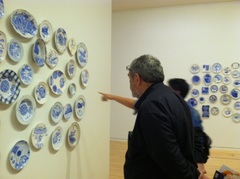 In June, with the help of DePaul University, La Follette was able to bring in Malcom Purkey to Chicago to brainstorm ideas, artist, itinerary in South Africa and a longer-term performance project she and Purkey are working on. Purkey visits The Last Supper exhibit by Julie Green in Evanston , where 600 white ceramic plates decorated with cobalt blue mineral paint to depict the last meal requests of U.S. death row inmates. The exhibit questions race, class and justice issues in the US. WHY NOW? As the U.S. moves past its 50th year of the Civil/Voters Rights Act and South Africa moves past its 20th year of democracy/post-apartheid, the project will reflect on what we can learn from one another. What have we done wrong and what have we done right? How does migration play a role? How do our governments, communities and societies discern and apply our past to our present? Are environmental rights the same as human rights? What language do we use to talk about these issues? By meeting with civil rights activists, artist and historians from both countries, our aim is to use art as a platform to expose and address environmental racism and corruption. In recognition of the Voting Right Act of 1965 and in preparation for the Presidential Election of 2016, Civil Rights and Civil Wrongs also aims to interact, educate and activate the next generation of voters. Civil Rights and Civil Wrongs is the third "site of passage" project. Each time we learn more and connect more artists. Once a tunnel of communication is digitally dug from one country to the next, we do not close it – we connect it. We hope to eventually build a global network of artists via Sites of Passage (SOP), the name all these projects now fall under. The purpose of the proposed project is to flush away hyperbole and clichés from the work. Although we want to reflect on our various governments and leaders (SA and USA)--we are not interested in embroidering platitudes of the same old conversations. We are concerned with exploring symbols, culture and repetitions in the human condition.
…we all know the question and the answer. The idea that if no one is there to hear it, that it doesn’t make any noise, or its sacrifice is meaningless…is absurd. In reality, it is the audience who is meaningless. The tree (with an audience or not) becomes a host, brewing an ecological world of new life and habitats. If an art exhibit goes up, but it never is opened to the public, does it exist? 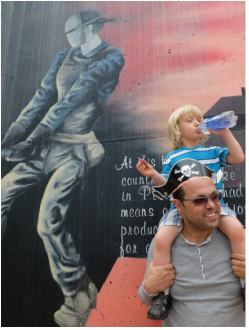 Director, Tavia La Follette, got a call on her cell saying, “Tavia, I made it out. I am in Egypt!” She knew immediately who it was. The three Palestinian artists who were in the show, all were aware of one another but had never met. Manal is a Palestinian living in Israel, Bashar is based in the West Bank and Mohammed lives in Gaza. All of them, Palestinian but because of the way the land is separated; they can’t physically see or interact with one another. “ArtUp had received visas for all of the artist, but because Mohammed is in Gaza, it is difficult to even leave the country. Gaza is an island. The only way he could fly out would be to cross at Egypt. Israel would not let him pass through”, explained director/curator, Tavia La Follette. Egypt had closed the border – as they often do – but there were rumors of it opening up and Mohammed packed a bag and traveled to the border to see if it was true. He was able to cross! “Sit tight, Mohammed”, “we are buying you a ticket to Pittsburgh right now! Three members of the delegation (La Follette, Johnson and Willis) had invitations to go to Gaza via Mohammed’s university, but they were warned that if they crossed over into Gaza, the possibility of getting back into Israel would be very slim. Therefore, the group made the decision not to go. This would be the first time Mohammed would be interacting with the group face to face. He arrived on Mother’s Day. The other artist quickly followed, although their arrival and flights had been planed far in advance. All of the artists stayed at the Mattress Factory (MF) Museum apartments and based themselves on the North Side. Michael and Barbra (directors of the MF), not only opened up the apartments and the museum to the artist, they also shared their home. 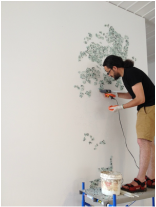 The artists went straight to work on their installations. Having communicated with La Follette, throughout the project, the MF was working hard to make sure they had everything they needed. The list included everything from a body of a car to rubber bullets to 100s of pounds of recycled washed glass and as many black, red and green plastic hairs beads as one can get! They led in lectures at schools and absorbed the Pgh landscape. Due to social media censorship, for the first time in ArtUp and the MF's history, the show was canceled just days before it was about to open. All the work had been installed; all of the artists were safely here, working together with the community and each other to get the show up. However, outside forces stopped that from happening. * More information about this cancellation and images of the work can be found here: The red warning tape that director/curator La Follette had ordered for the opening of the show-- became a mascot for the closing circumstances of the of the show. The plastic tape read: “WARNING: ENTERING THIS SPACE COULD BE INTERPRETED AS A POLITICAL ACT”. Below are some images from the final installations: The organization considers the project a success even though it didn't have a physical opening. The organization received more requests for interviews than ever before, from across the globe, yet had to turn them down, for the sake of the artists and their livelihood. ArtUp understands the Social Practice of this work: that these experiences took place; that work was built around relationships and issues that will impact each artist for the rest of their life.
A tree fell. It did not need to make a sound or have an audience to hear it-- for it rattled the earth. People felt it. |
The Official Sites of Passage BlogCategories
All
Archives
October 2020
|
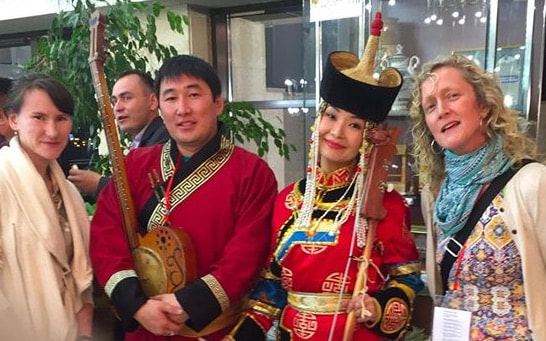
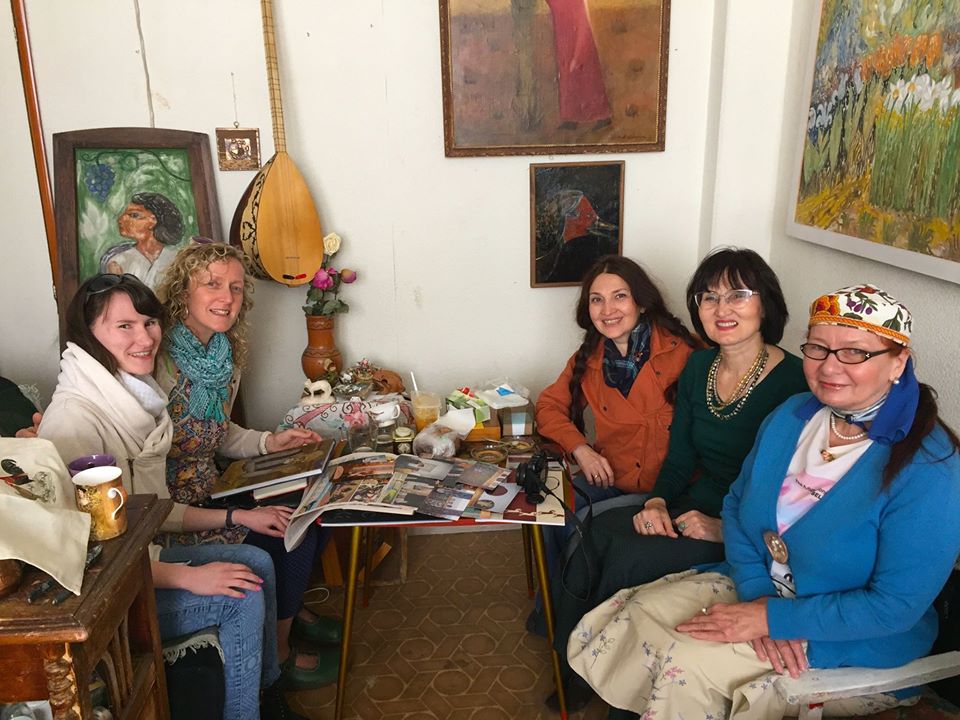
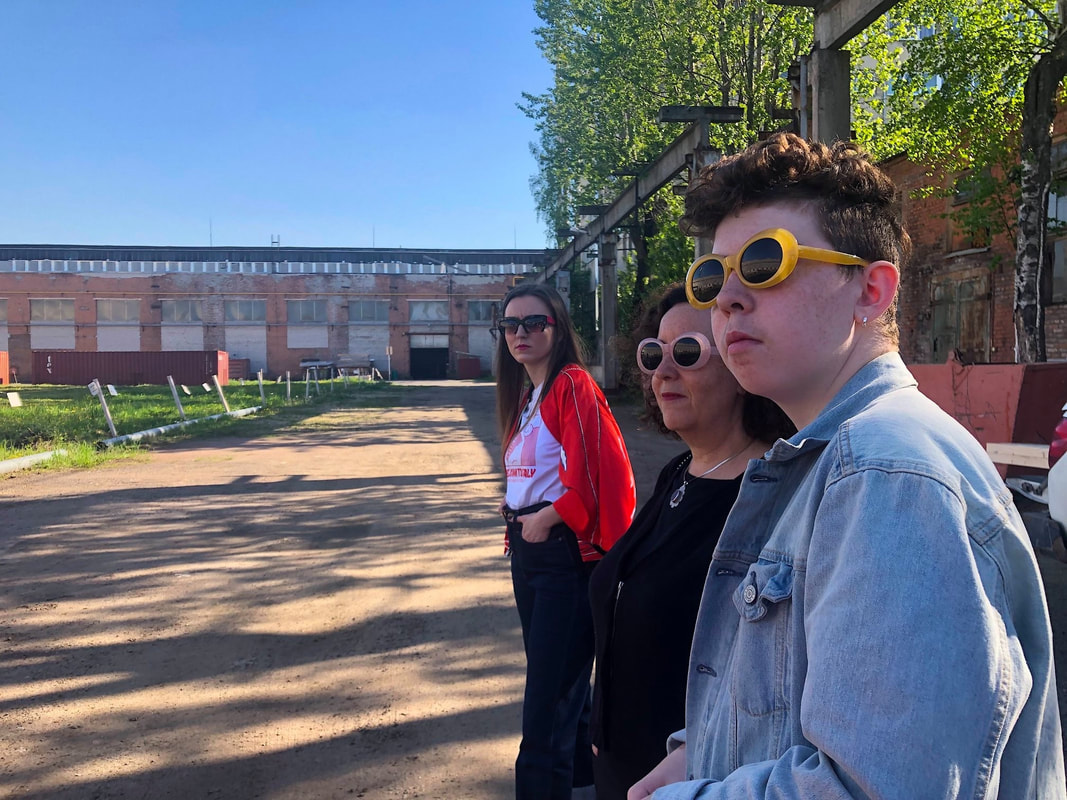
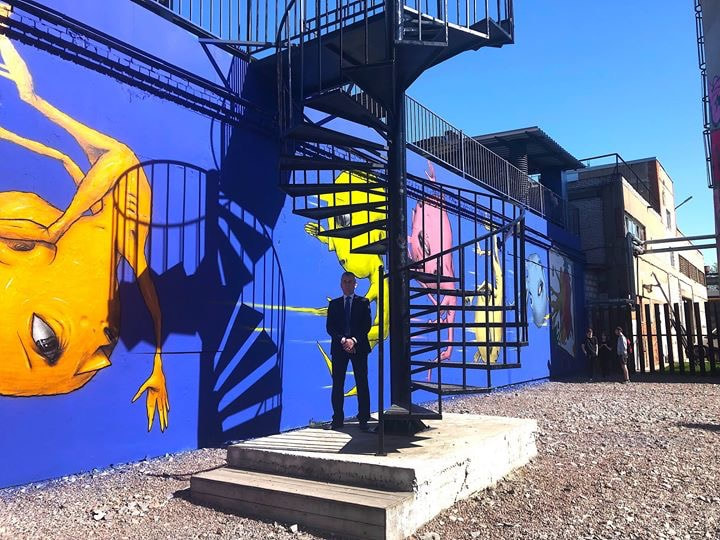
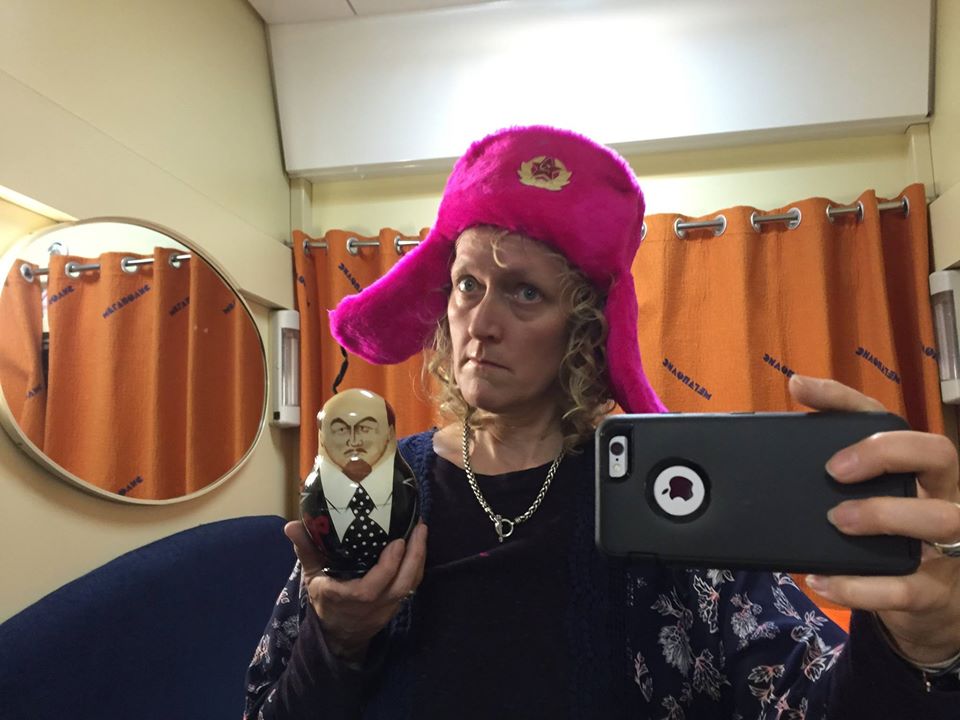
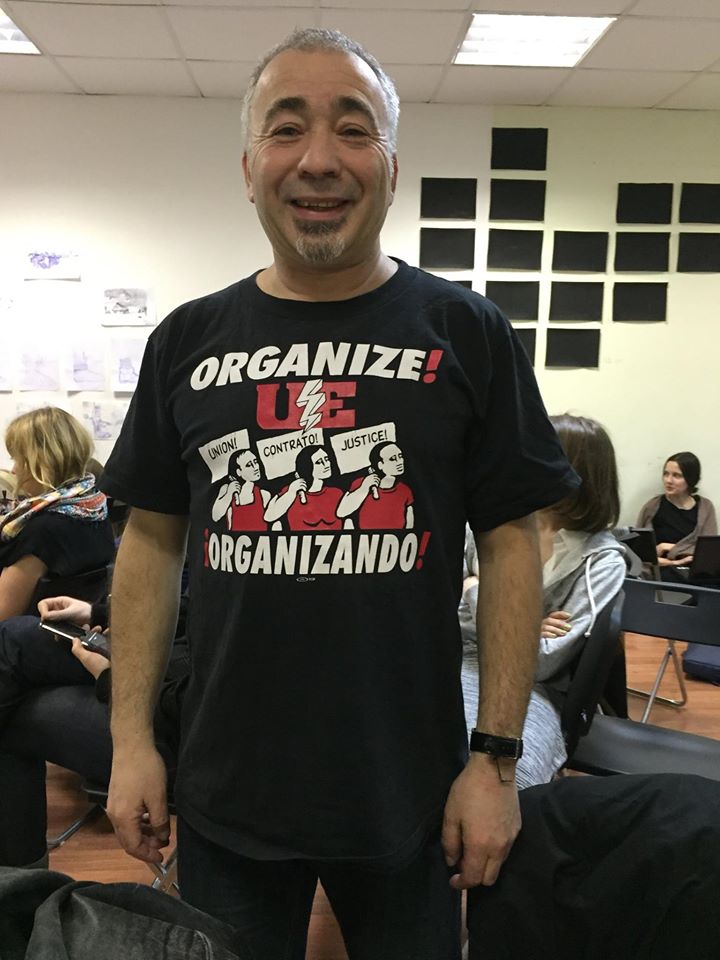
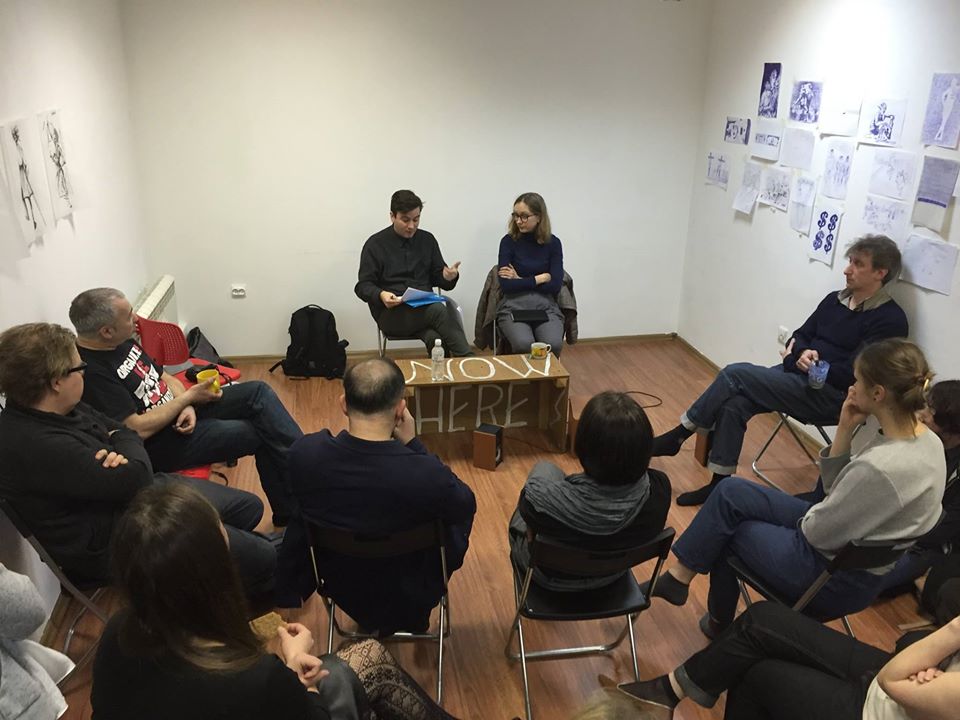
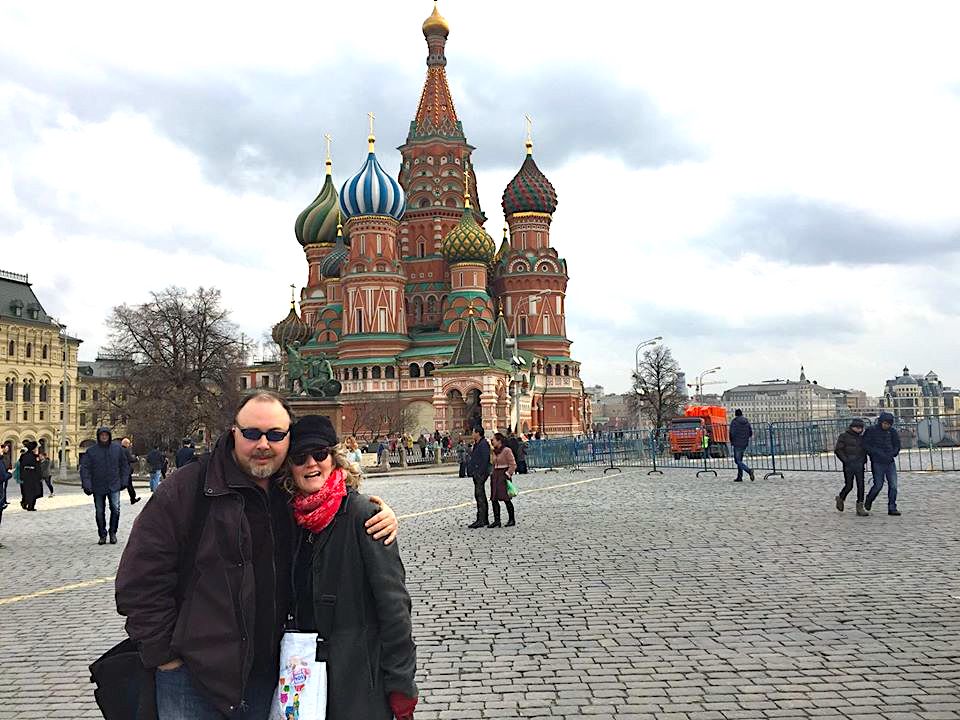
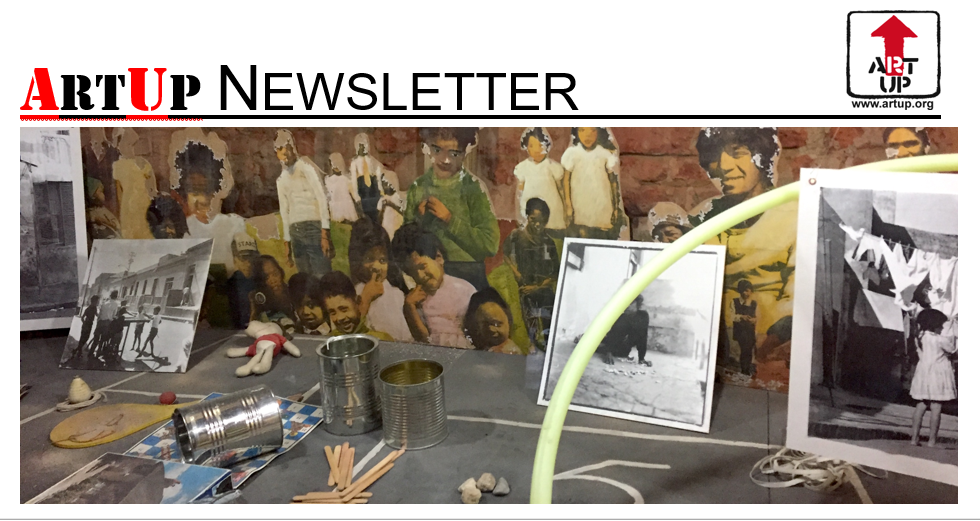
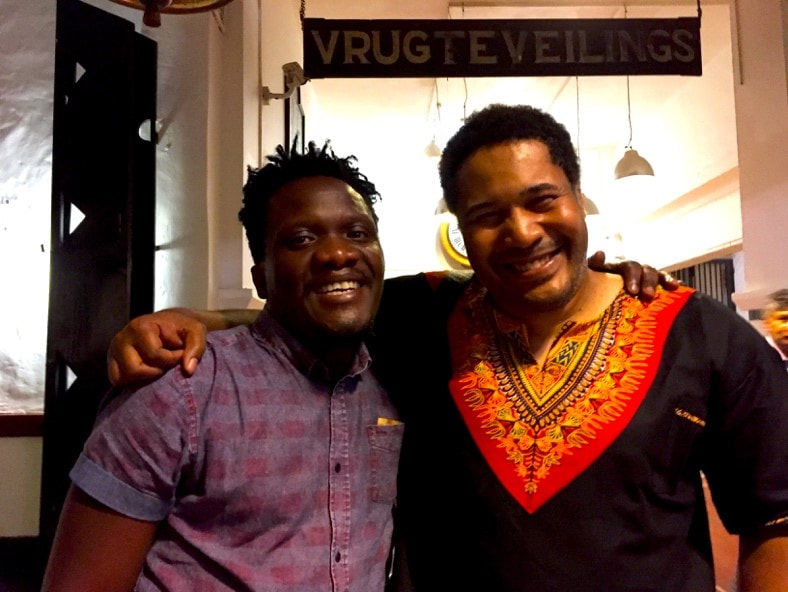
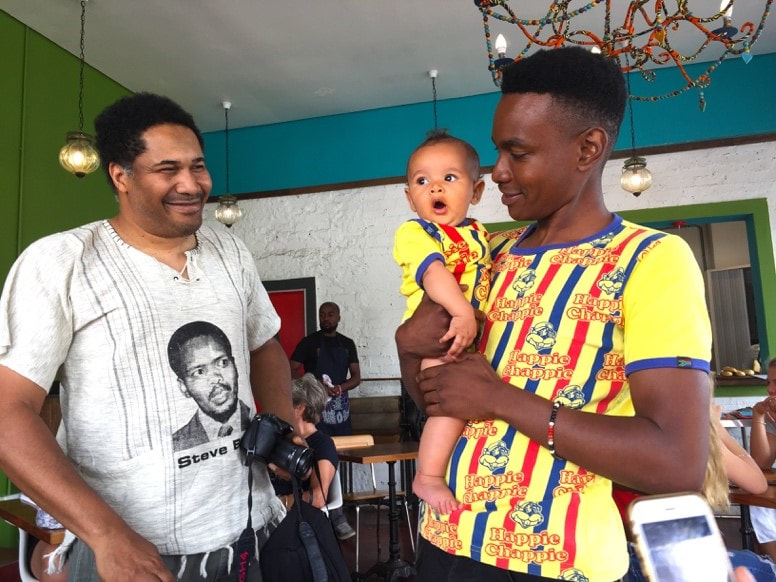
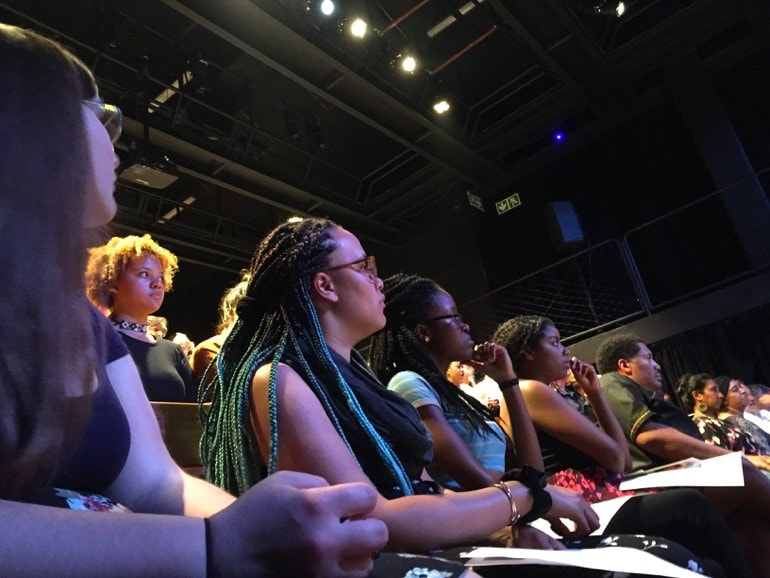
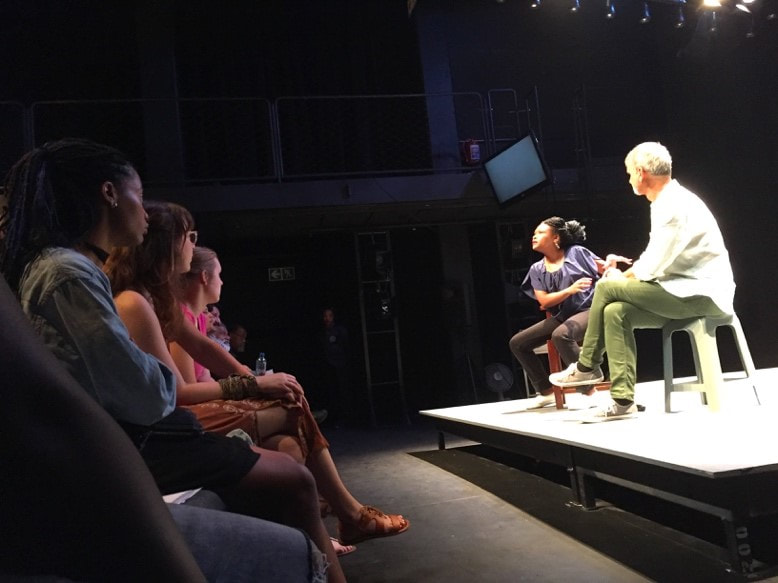
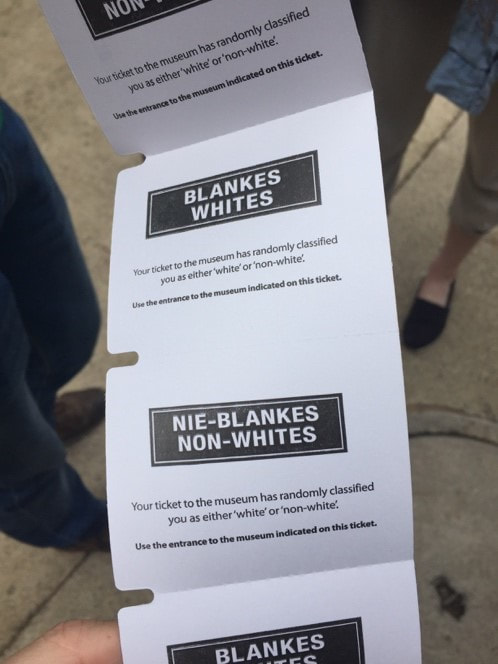
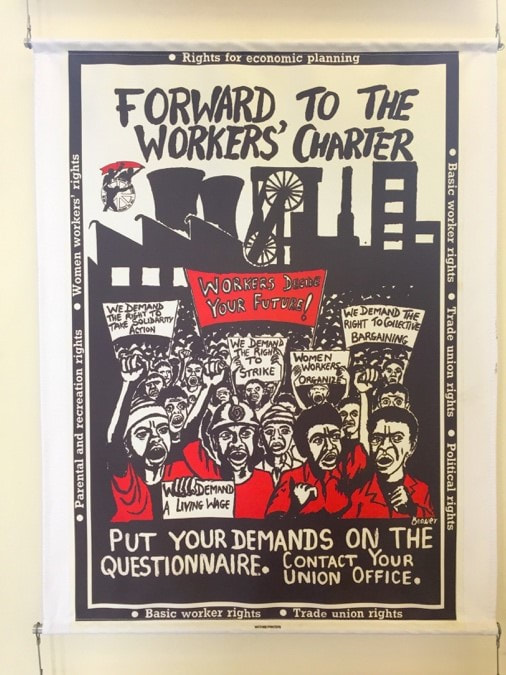
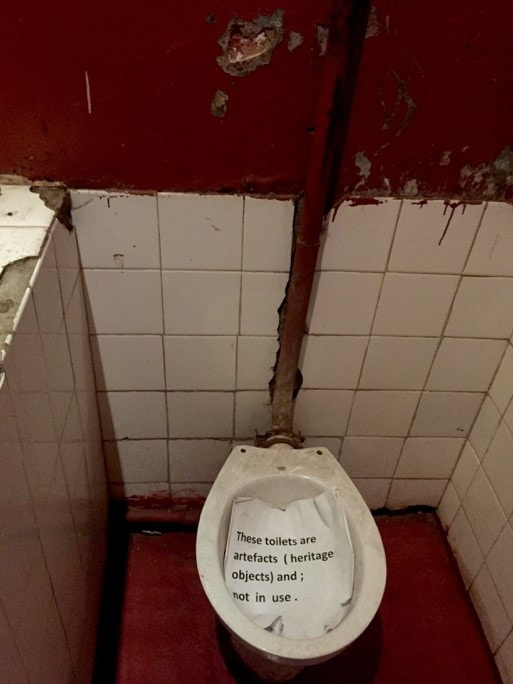

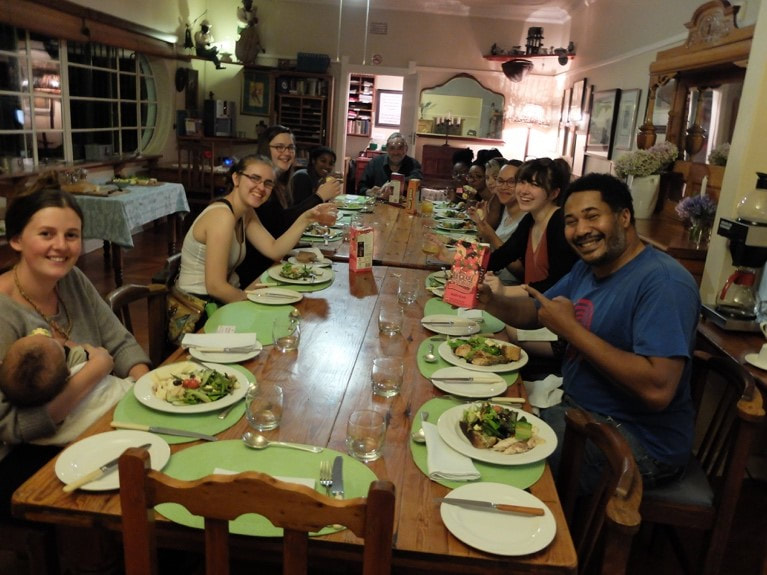
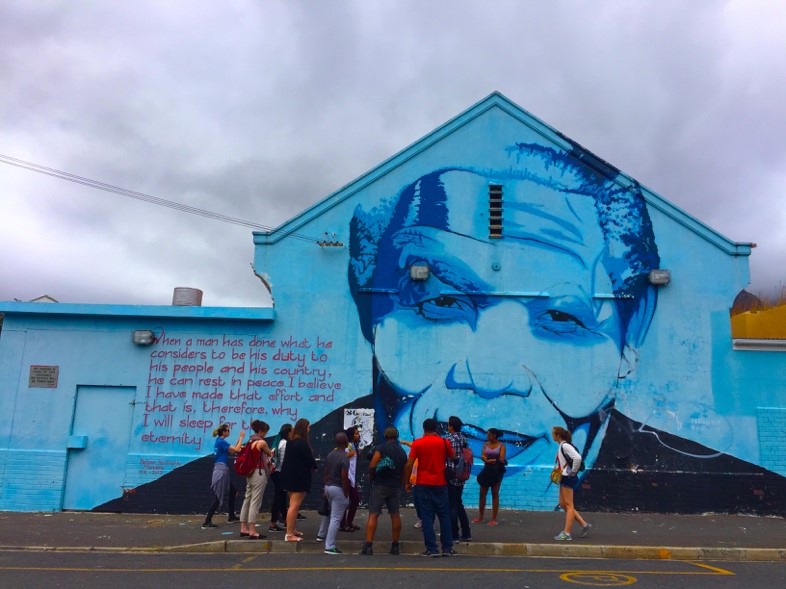
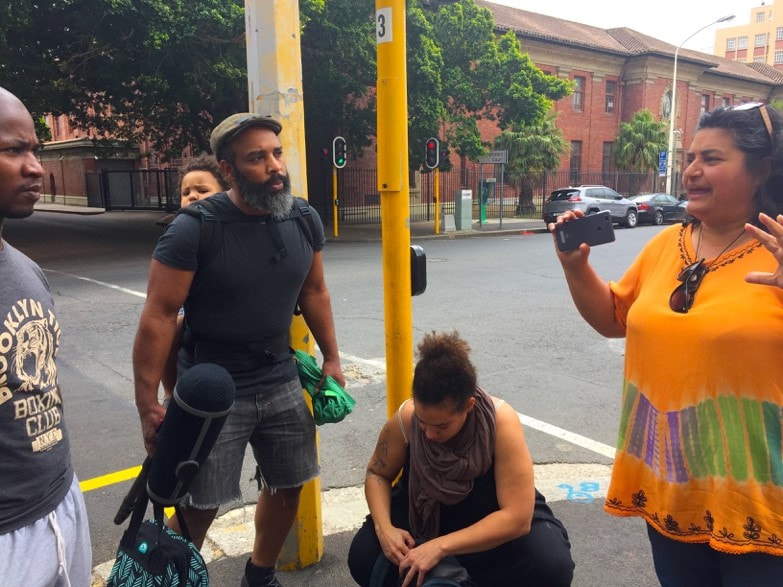
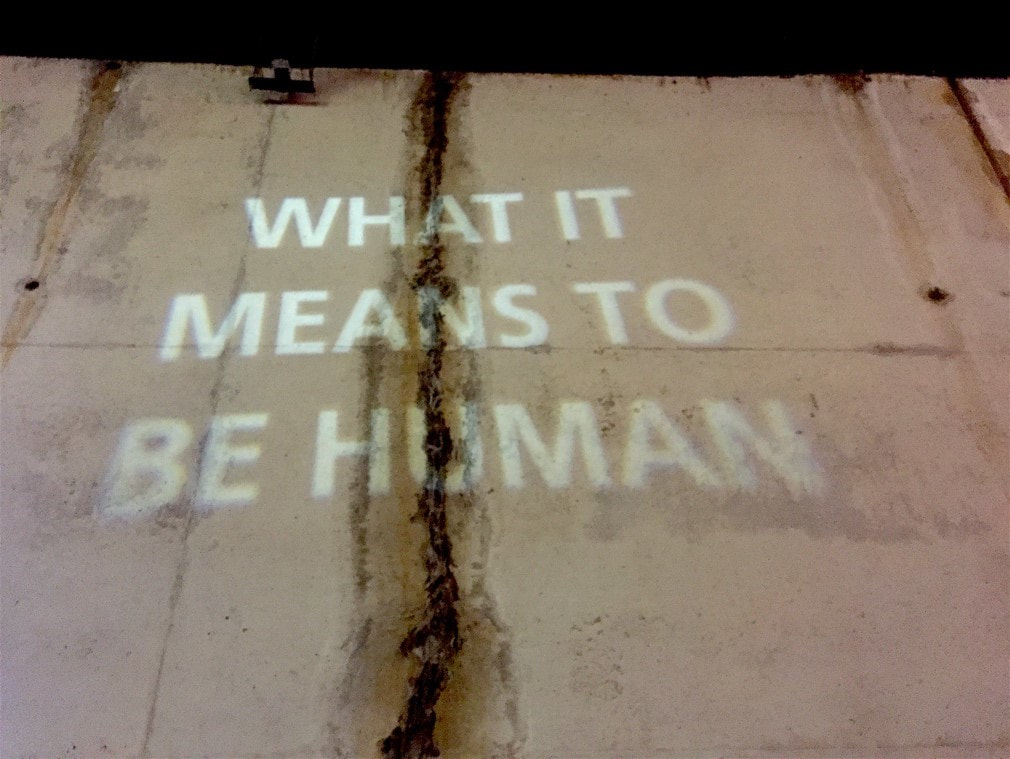
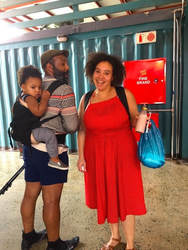
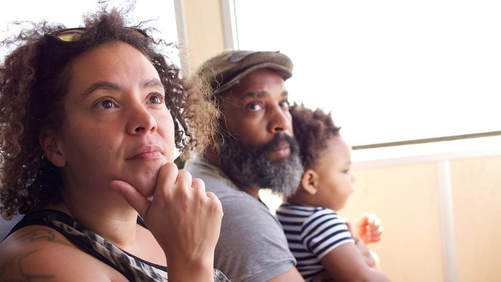
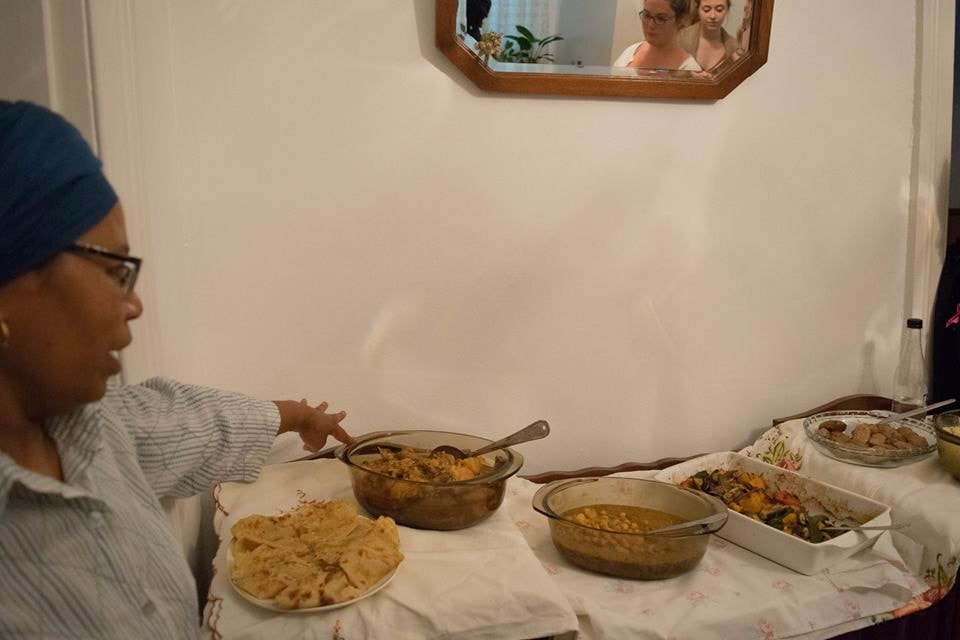

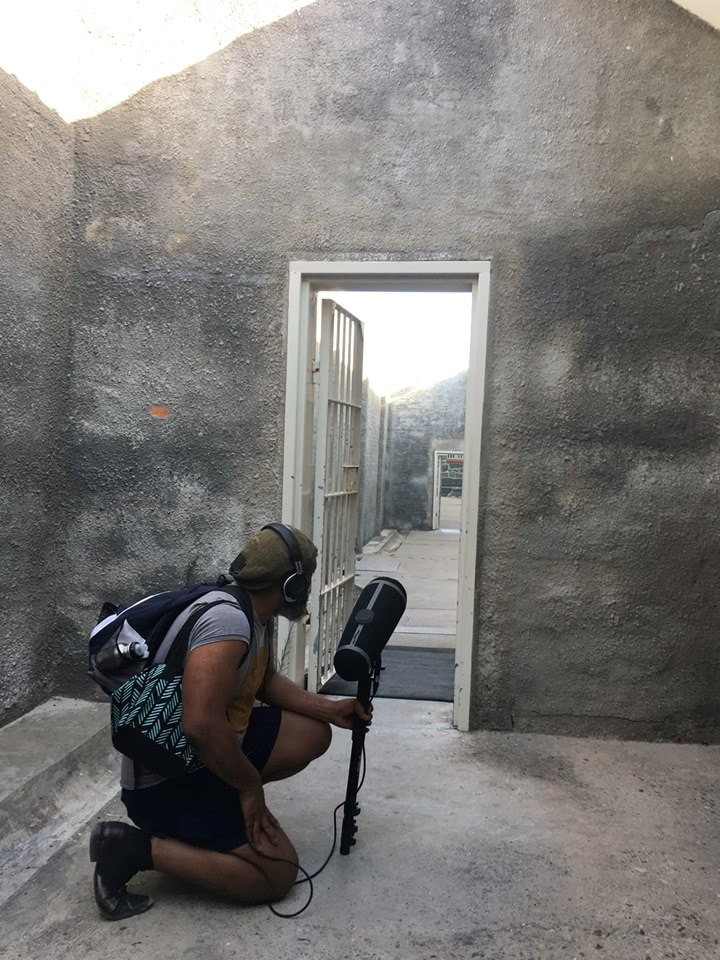
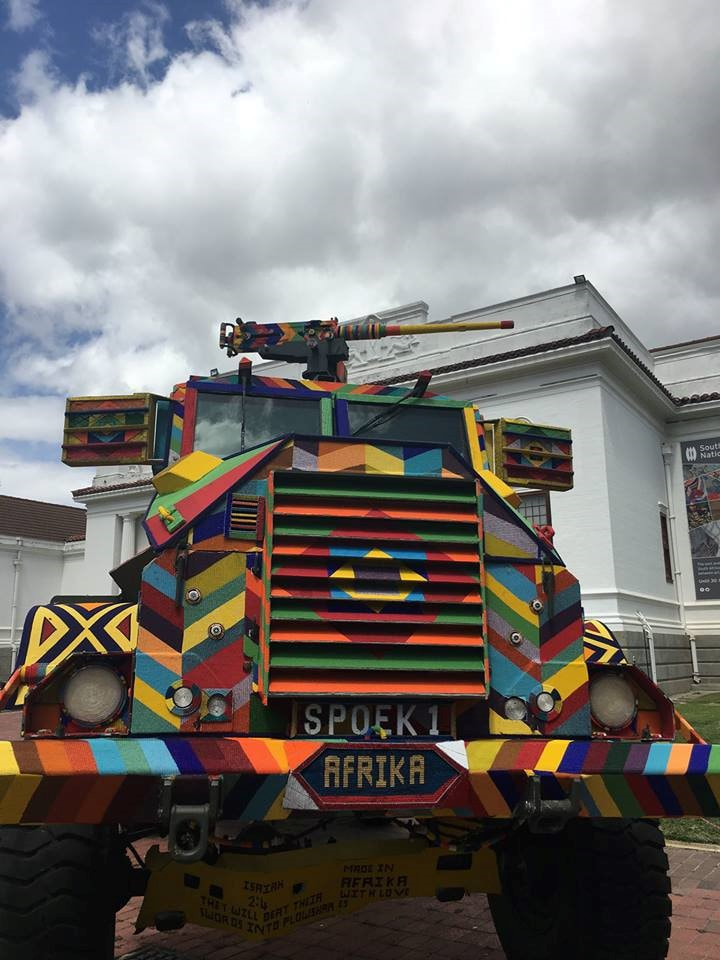
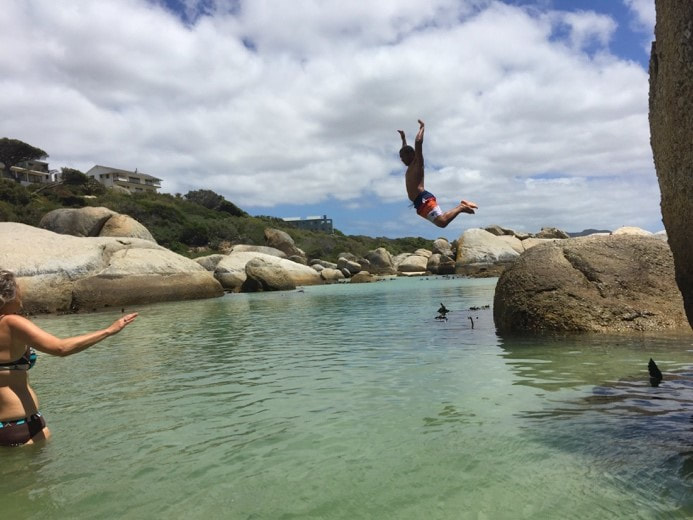
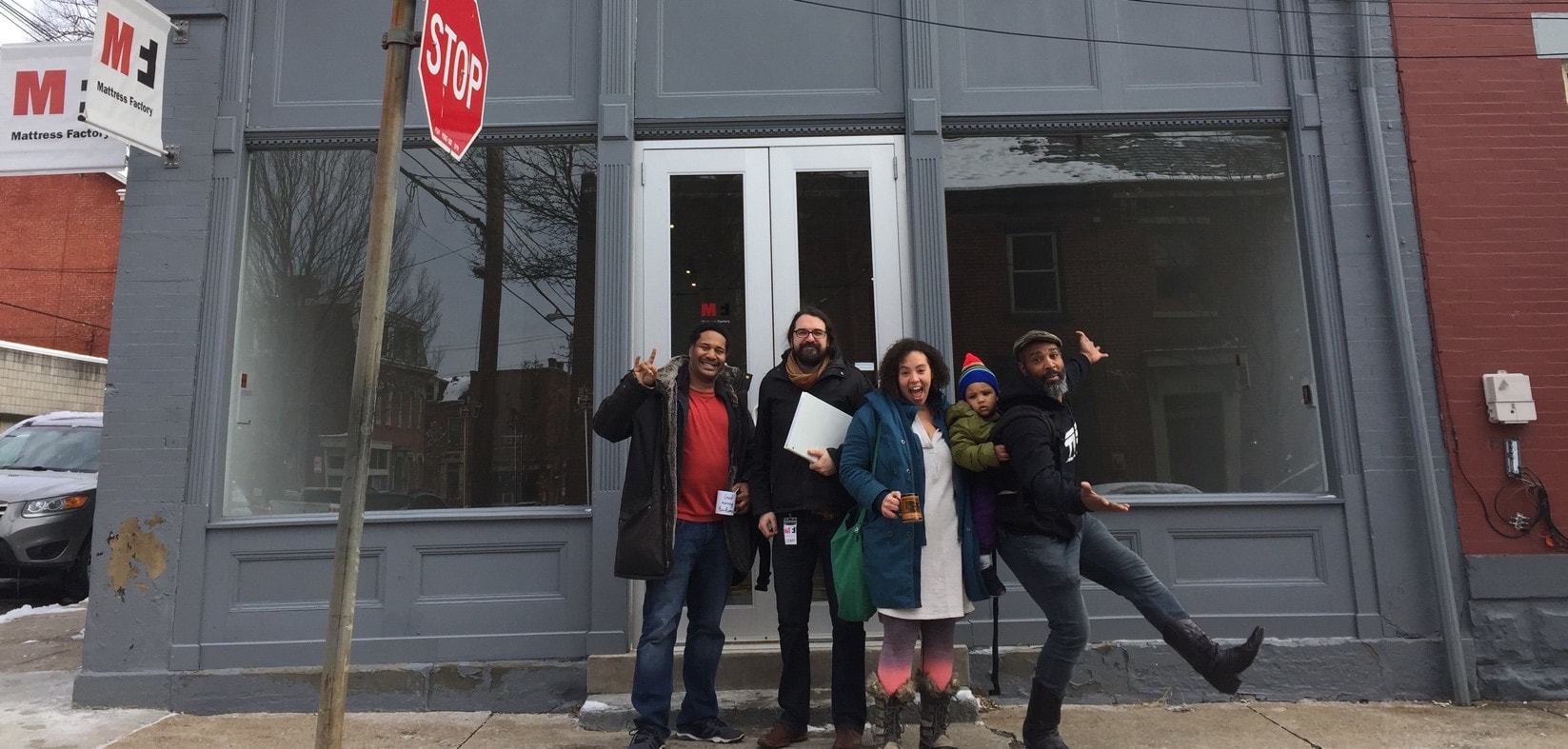
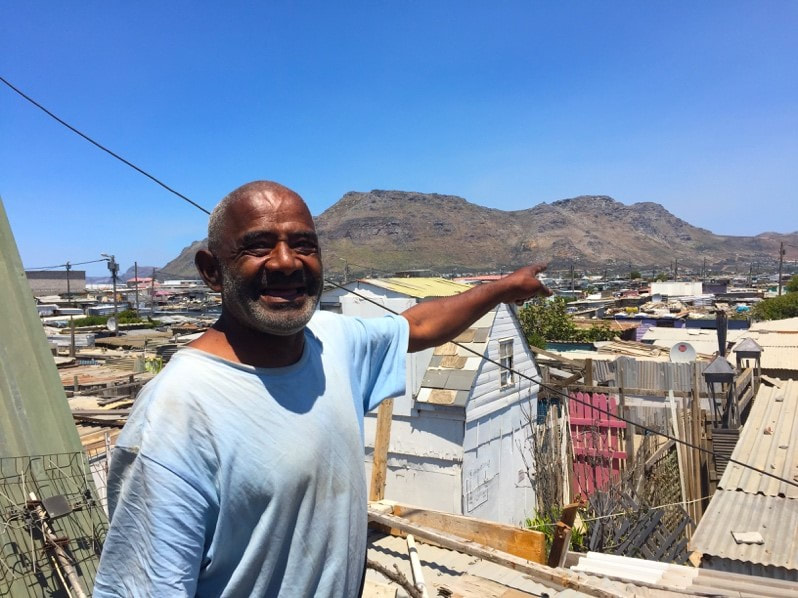
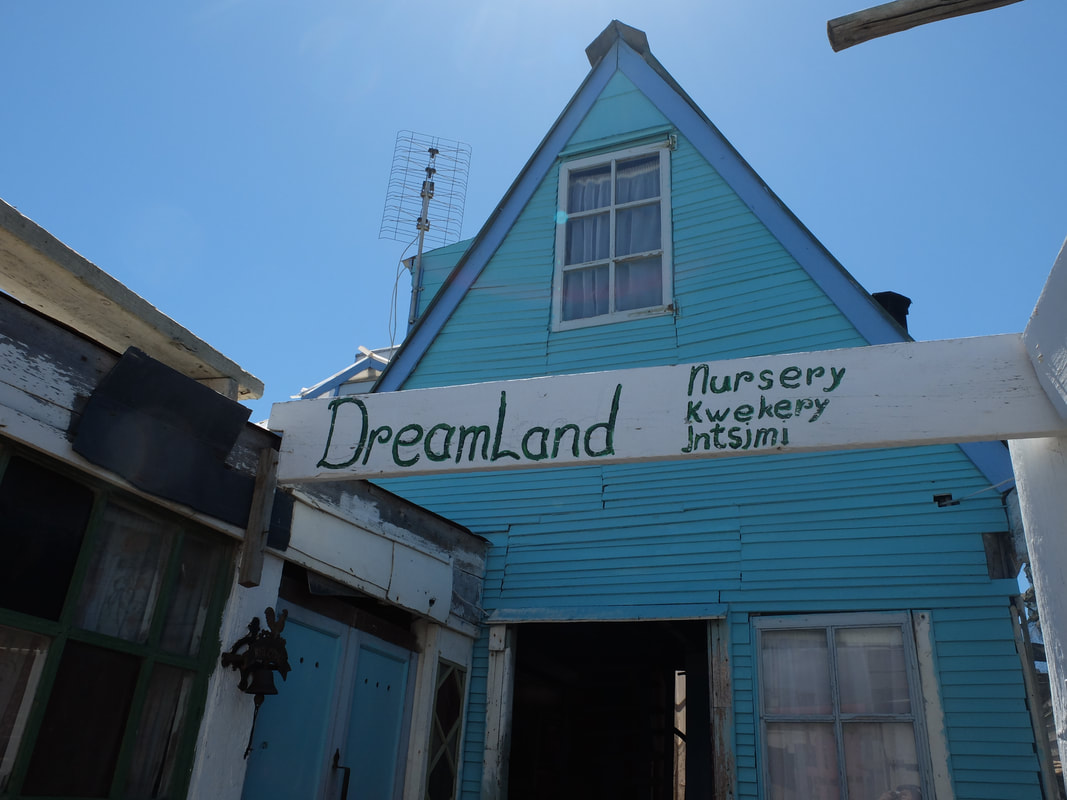
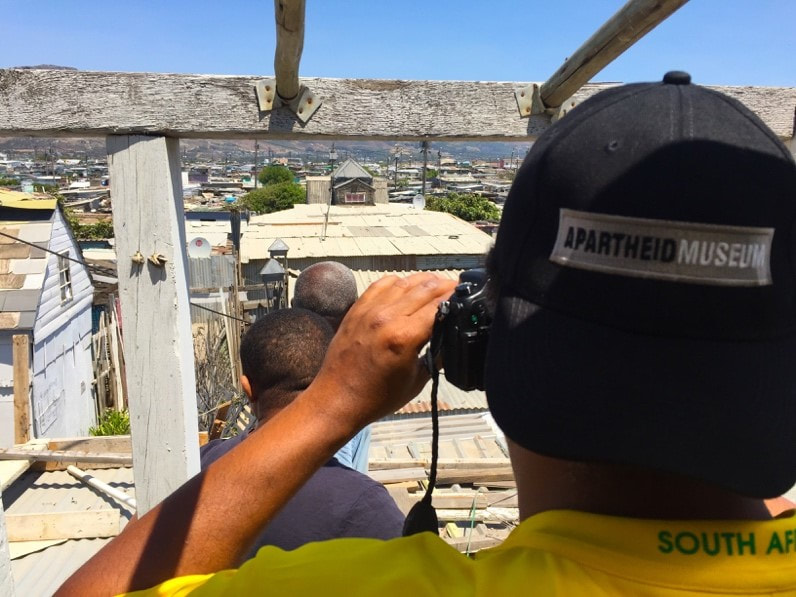
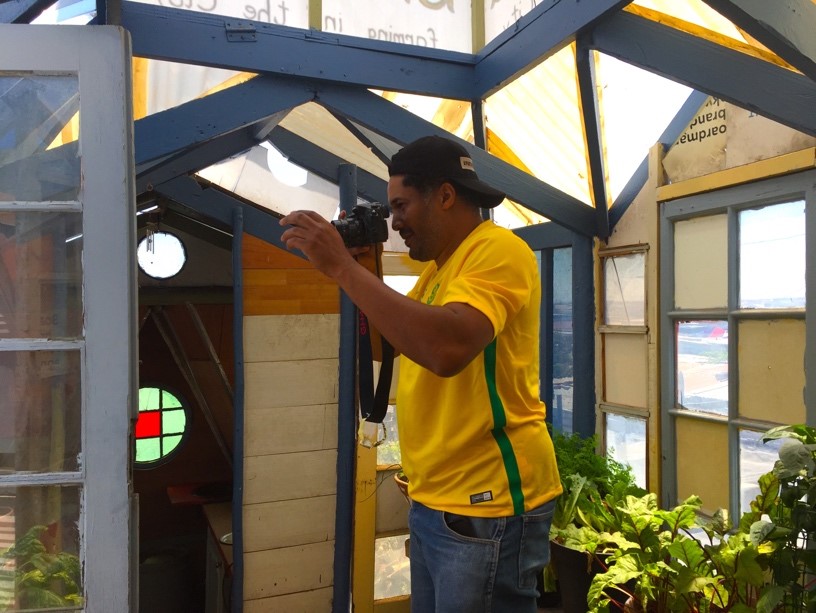
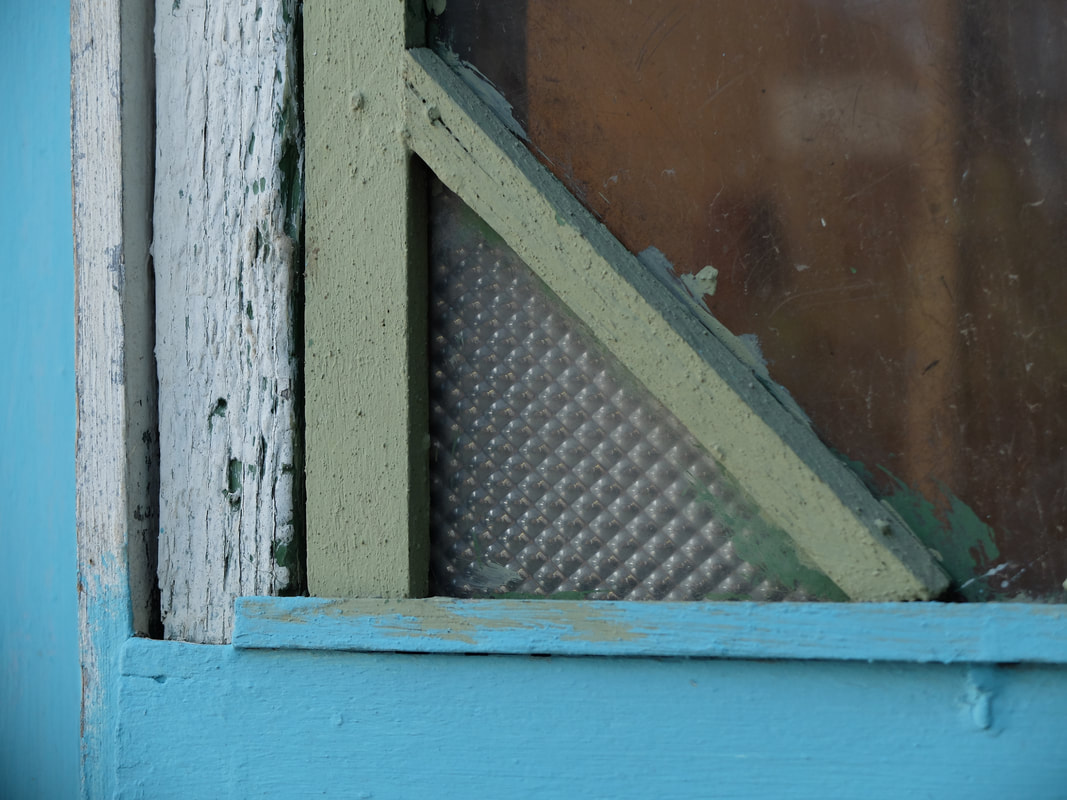
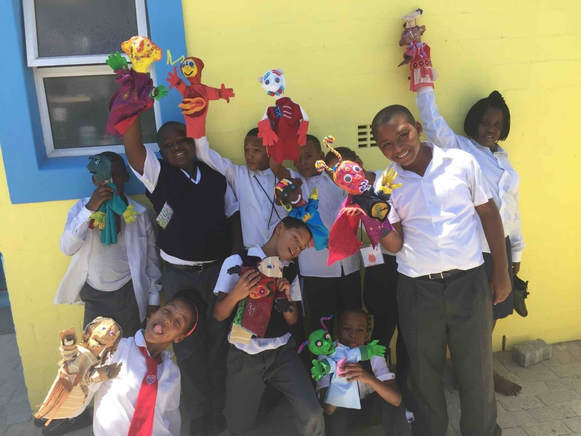
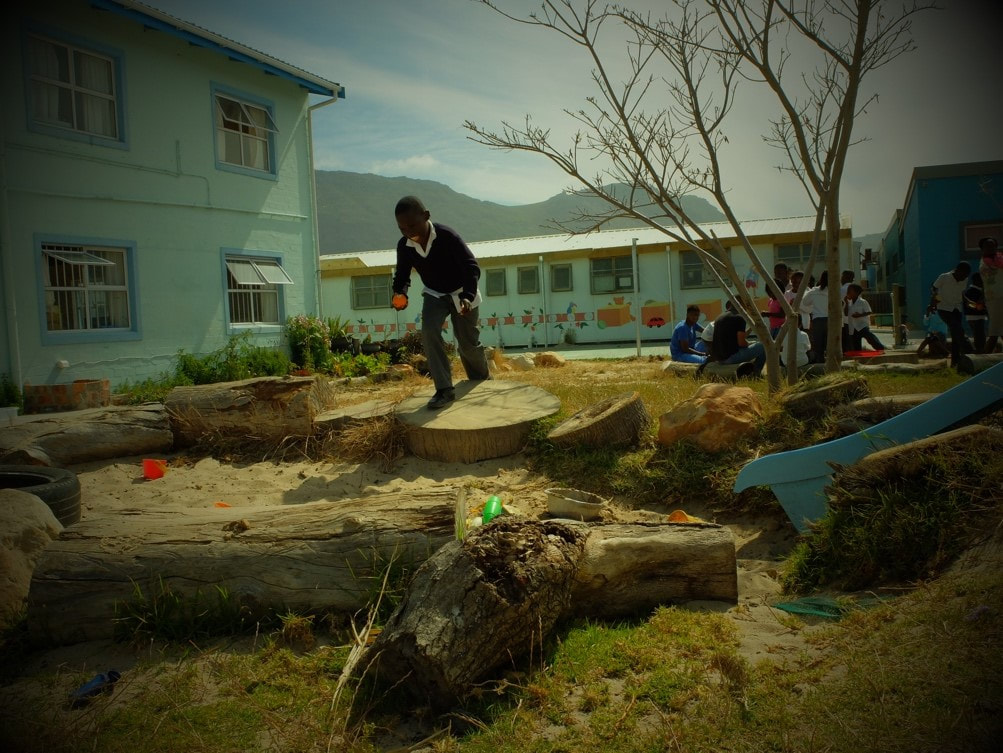
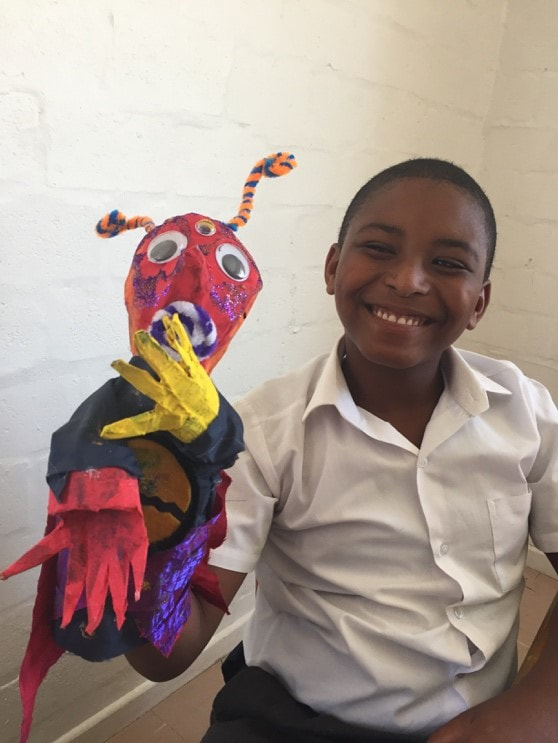
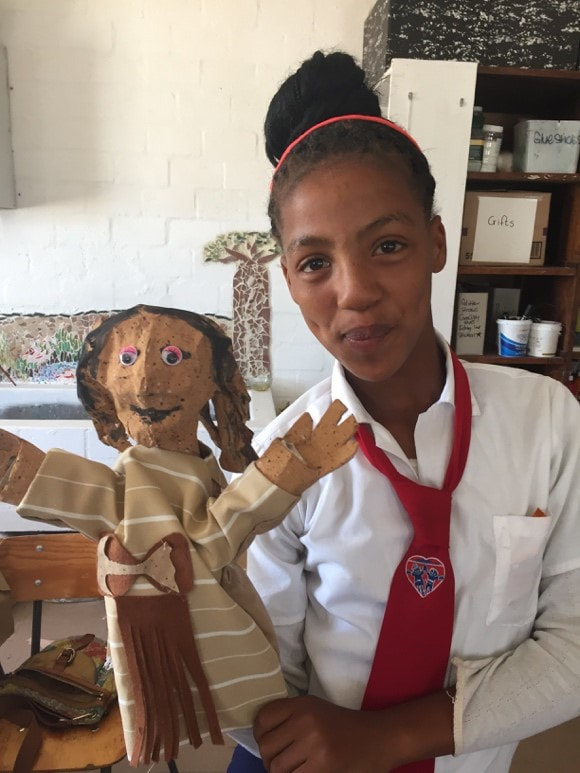
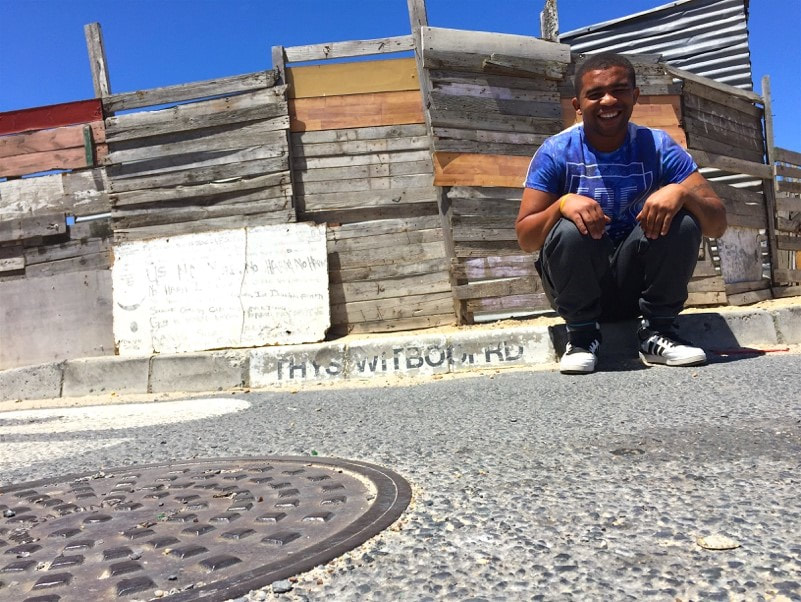

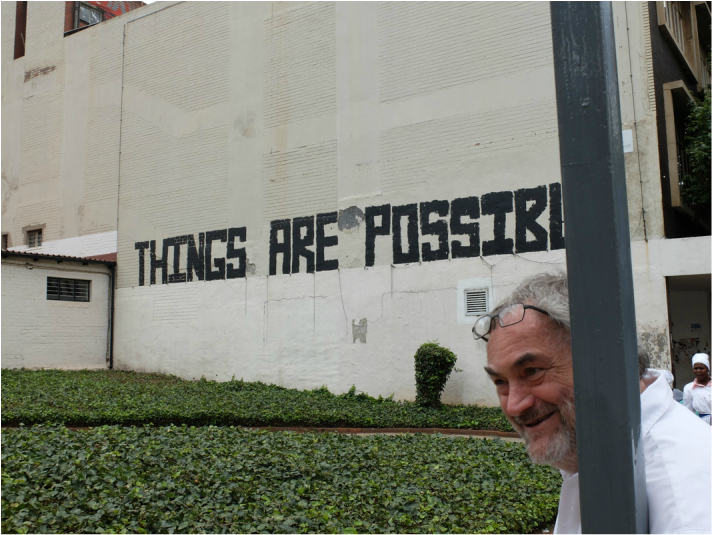
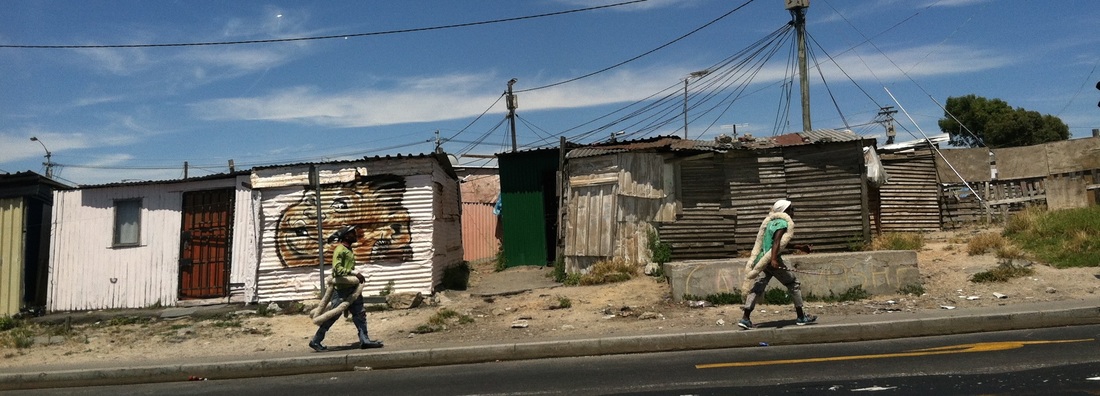
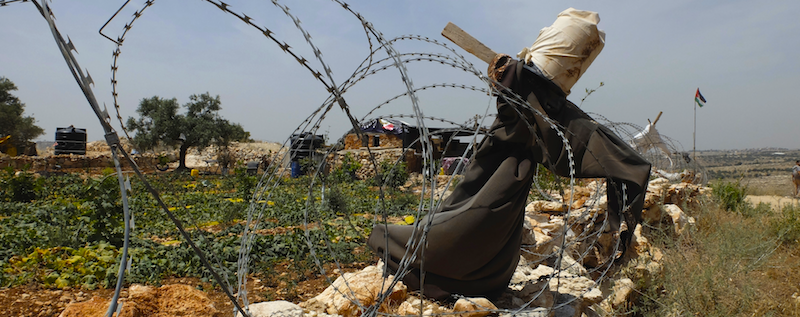
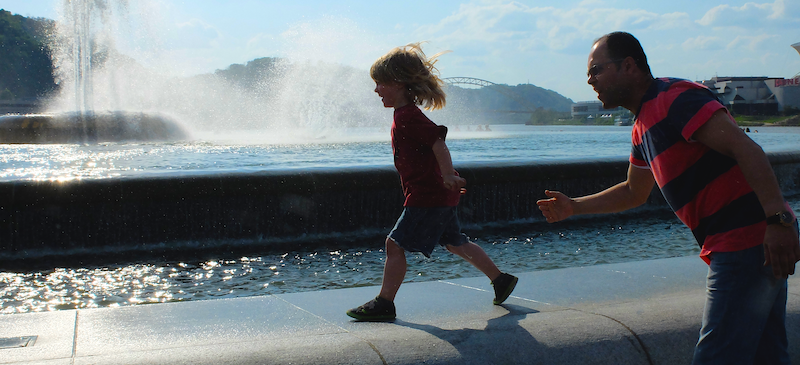

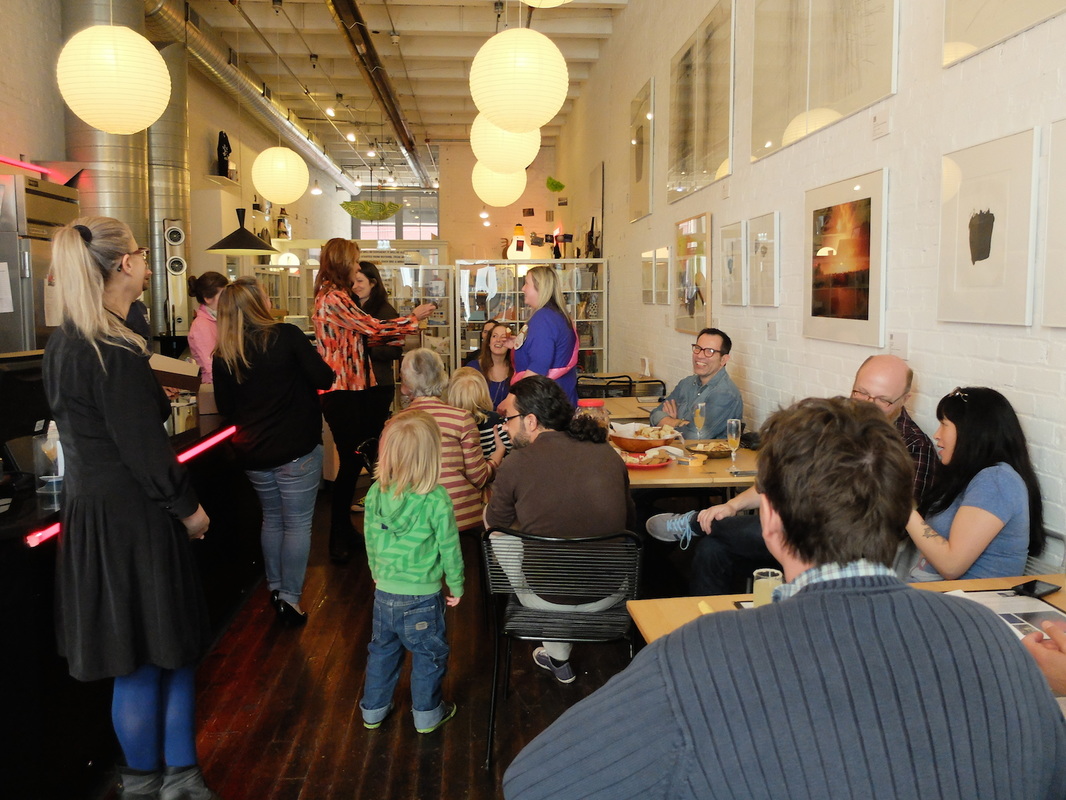
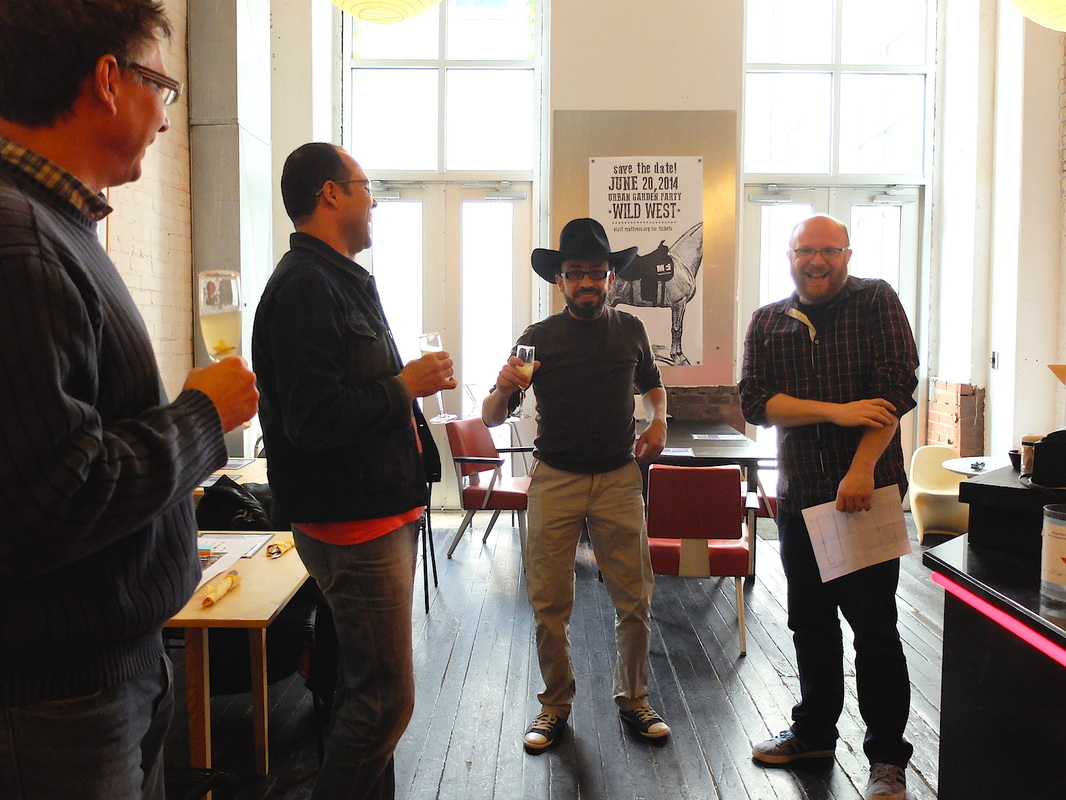
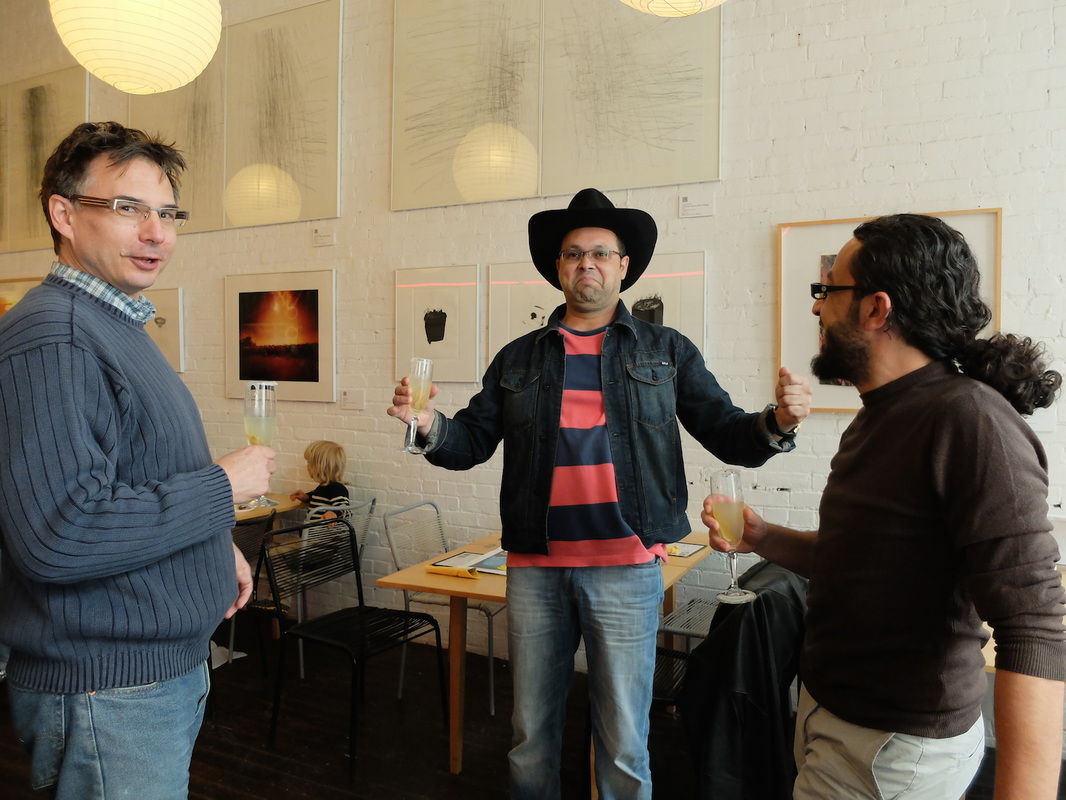
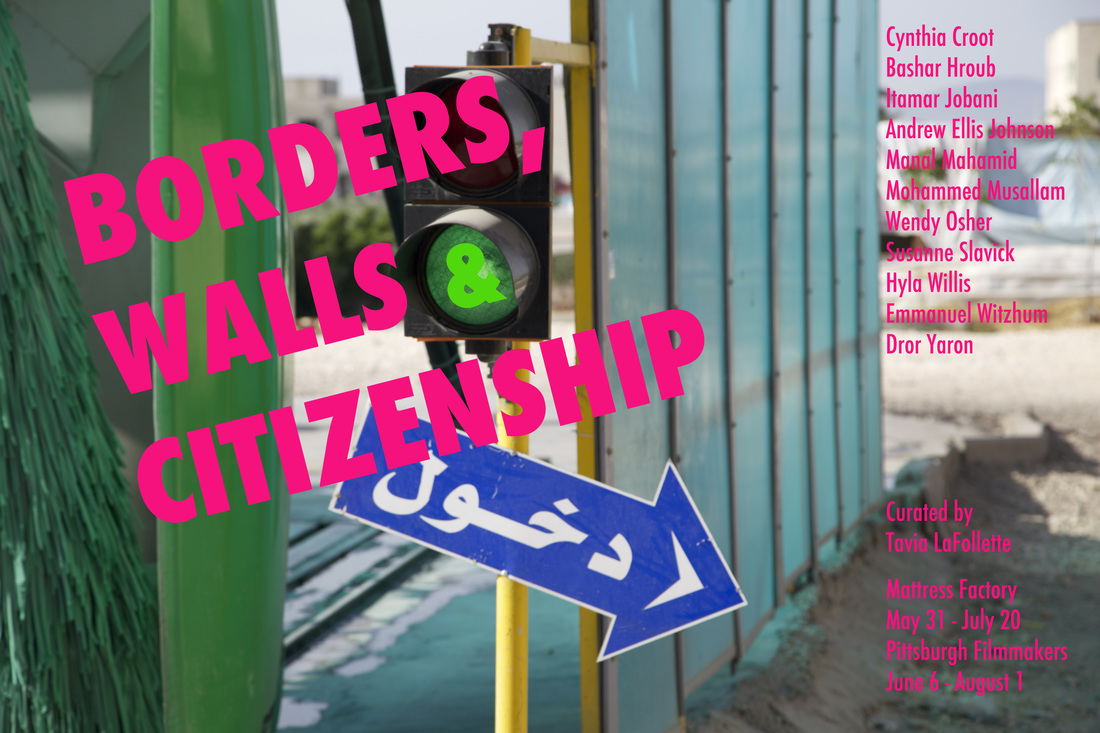

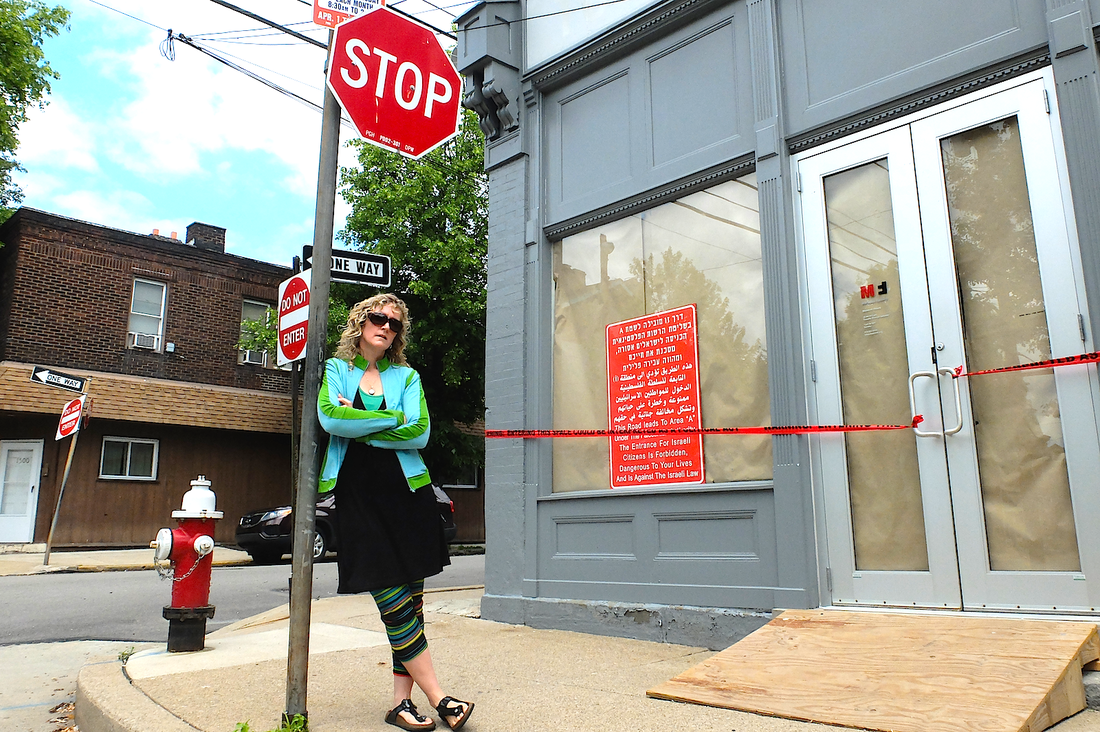
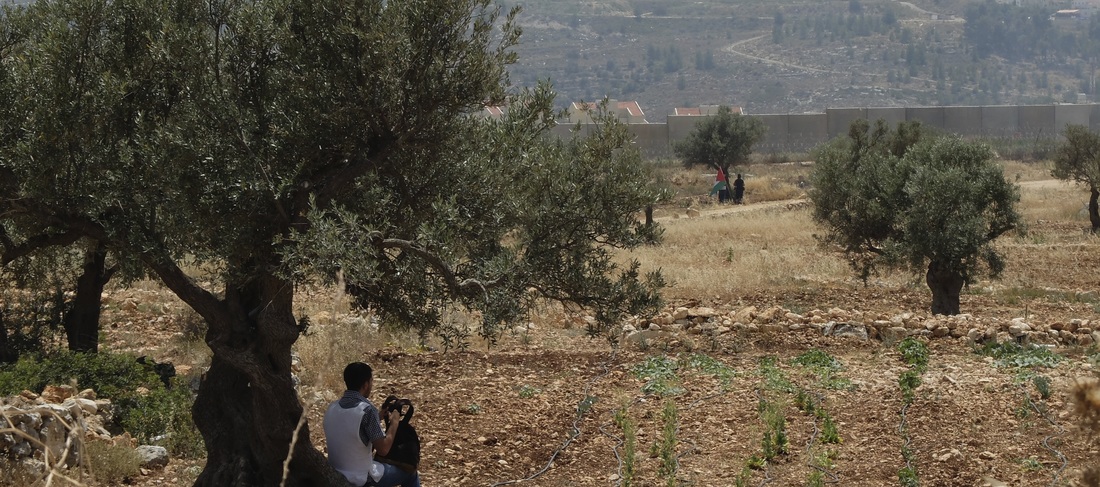
 RSS Feed
RSS Feed